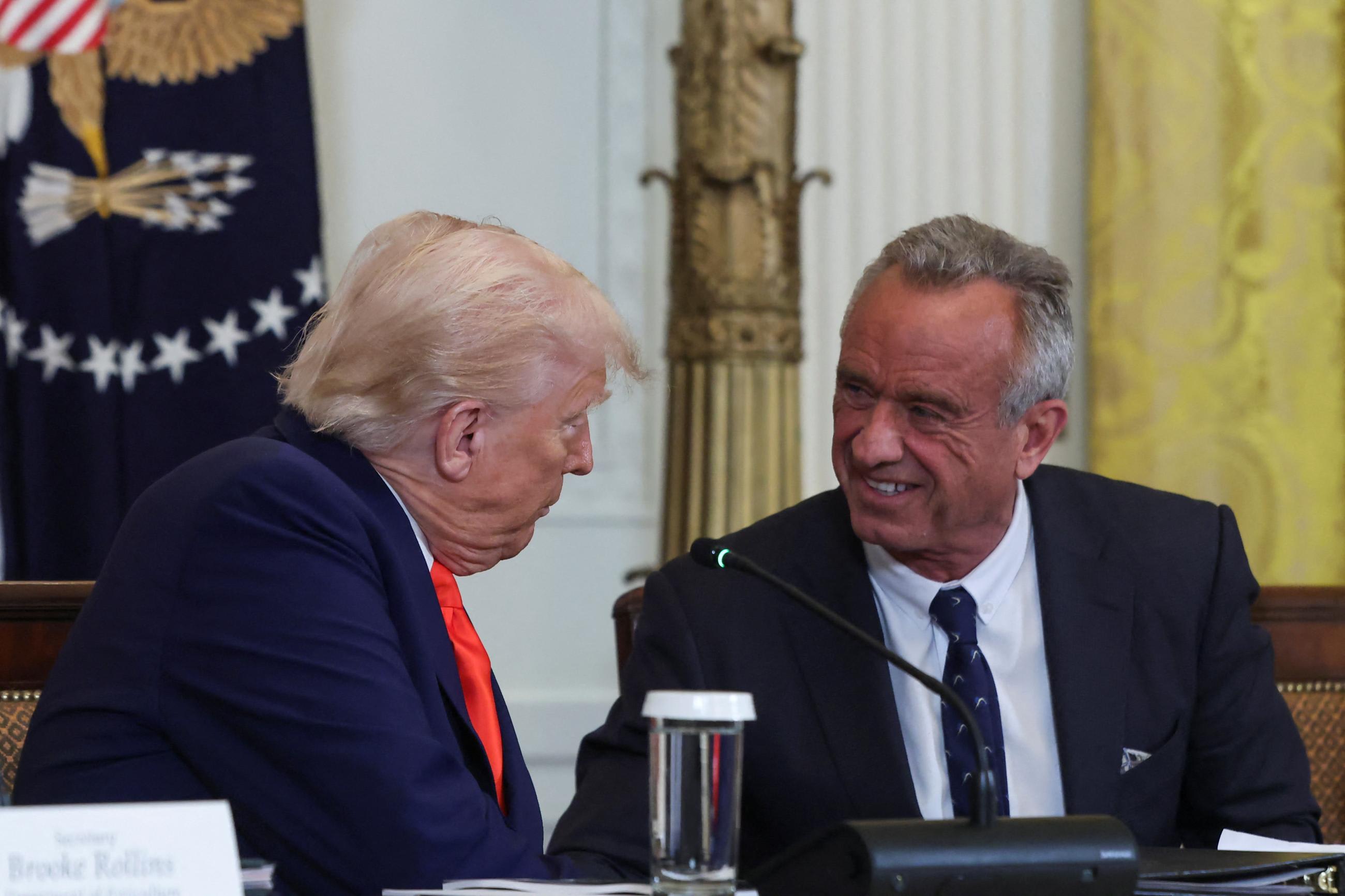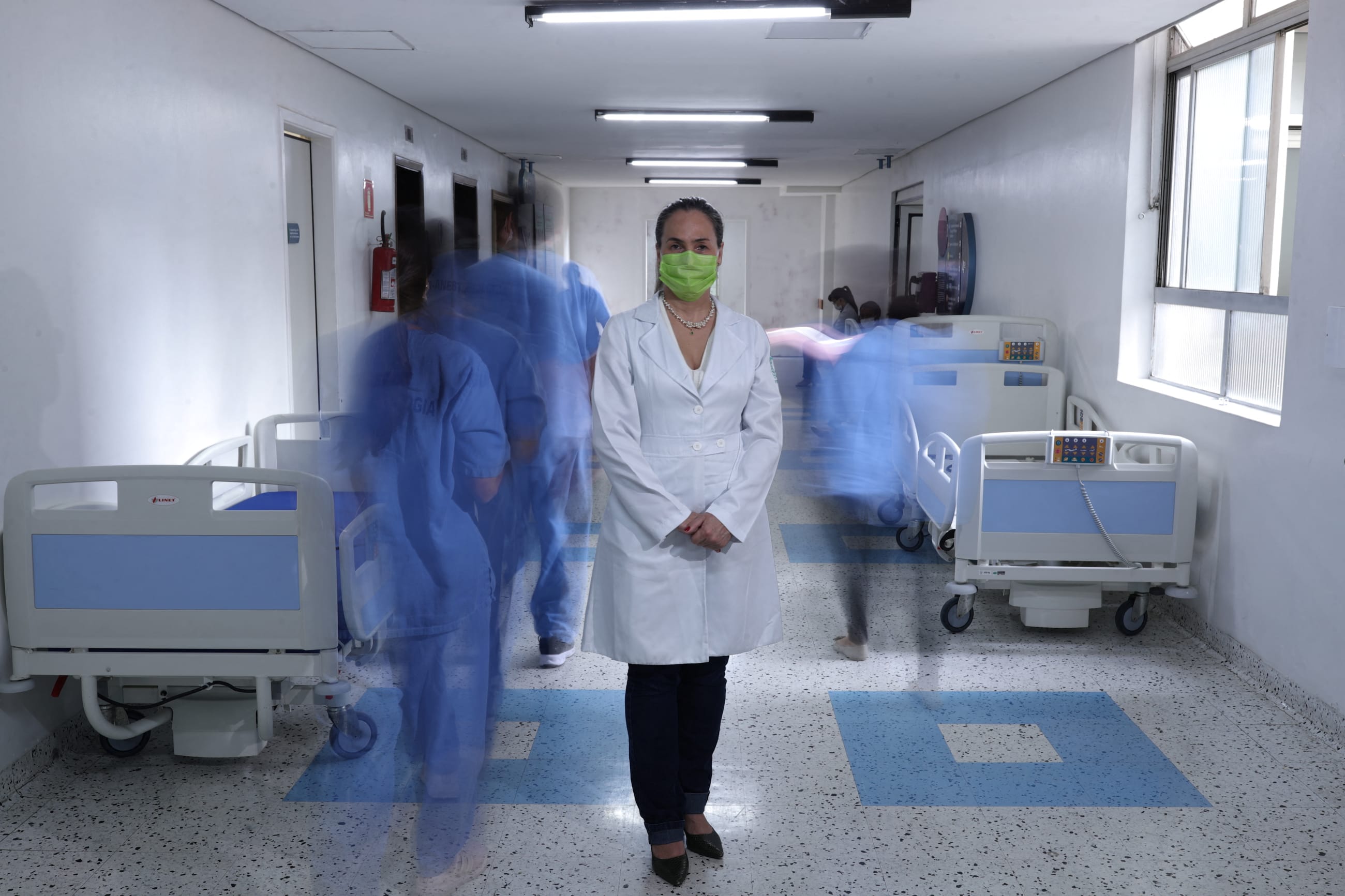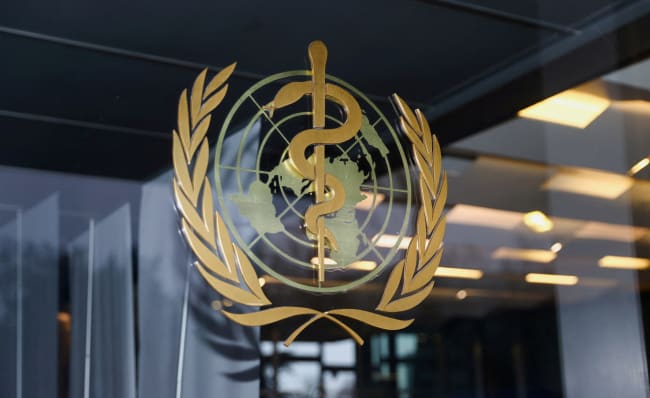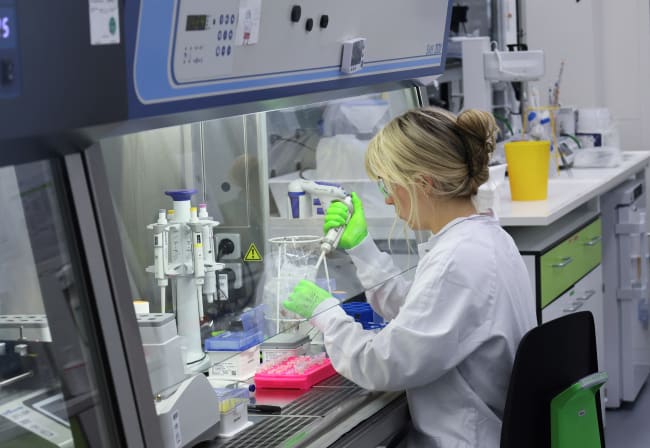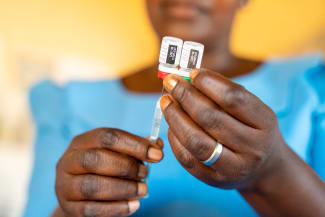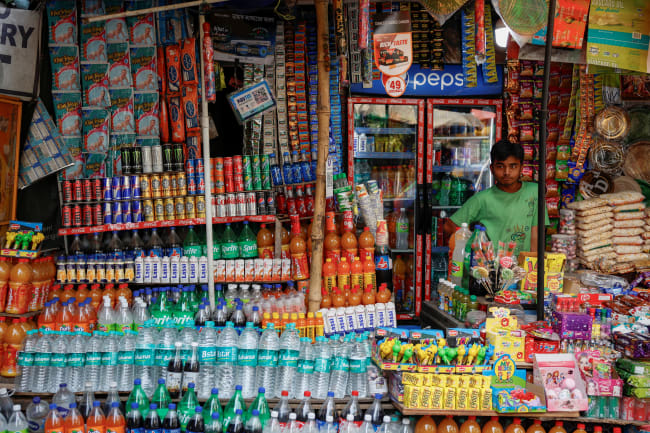A decisive World Health Assembly (WHA) saw the adoption of a new agreement to govern pandemics at a time of grave financial uncertainty not only for the institution but also for the wider field of global health.
Countries came together overcoming political divides and mistrust, but much more will be needed to preserve multilateralism in global health as the sector undergoes potentially irreversible transformation with fundamental shifts in financing and governance.
The Pandemic Agreement: Inside the Room
Rebuffing anti-science and politically motivated disinformation campaigns, World Health Organization (WHO) member states adopted the world's first Pandemic Agreement after more than three years of circuitous and often fractious negotiations.
The adoption of the treaty was not without drama. Pressure had existed to adopt the agreement by consensus.
So, when on May 19, a day before the adoption, Slovakia unexpectedly called for a vote on the resolution accompanying the treaty, consternation was considerable among member states about such a development at the penultimate moment in the process.
Sources spoke about behind-the-scenes diplomatic efforts within the European Union that went into overdrive to prevent a vote in the first place. Slovakian Prime Minister Robert Fico also alleged a phone call from WHO Director-General Tedros Adhanom Ghebreyesus to not call for a vote. Although a vote did happen, in a shocking turnaround Slovakia did not vote against the motion. An unexpected burst of joy and celebration was clear in the proceedings of Committee A, which had taken up the discussion on the treaty resolution when it became obvious that, despite the vote, consensus had finally emerged.
As many as 124 member states voted in favor, declaring a resounding message of a strong support for the new instrument. (Eleven countries abstained, including Slovakia).
As many as 124 member states voted in favor, declaring a resounding message of a strong support for the new instrument
On May 20, the morning after the vote, countries adopted the Pandemic Agreement in a blink of an eye when the president of the seventy-eighth WHA session, Teodoro J. Herbosa from the Philippines, gaveled the decision.
The lack of sufficiently concrete obligations in this legally binding agreement, particularly in areas such as financing and technology transfer, makes this victory modest given the caveats within the provisions. Nevertheless, for global health negotiations, the agreement marks a turning point, establishing new commitments across a number of provisions on—among other issues—prevention, sustainable production, local manufacturing, conditionalities on public funding for research and development, procurement, supply chain, exchange of information on pathogens with pandemic potential, minimum assured access to medical products, and regulatory strengthening.
Minimum assured access is understood to be 20% of real-time production of safe, quality, and effective vaccines, therapeutics, and diagnostics for the pathogen causing the pandemic emergency. Of this, 10% is donation to WHO, and the rest to be made available at affordable prices.
Given 35 articles in a 30-page agreement [PDF], countries packed a punch.
The document is the first legally binding instrument on governing pandemics and follows the targeted amendments to the International Health Regulations (2005), which were adopted a year ago at the last WHA and are scheduled to take effect in September 2025. Together, the Pandemic Agreement and the amended regulations will define the architecture of the governance of health emergencies and have a normative effect on multiple areas of global health policymaking from surveillance to response measures. For example, provisions on sustainable production are the first set of commitments in any international agreement so far that obliges countries to work toward diversifying manufacturing of medical products.
The Pandemic Agreement, though, will not enter into force until the conclusion of the negotiations on an annex—on the first Pathogen Access Benefits Sharing (PABS) mechanism for global health. The current expectation is to conclude these discussions by the next assembly in May 2026, although rumblings already indicate that the process could take longer. It is unclear what leverage if any countries can exercise, given that the treaty's entry into force is incumbent on settling the annex. (The approved resolution [PDF] requests that the Intergovernmental Working Group report to the next WHA on the progress of these discussions.)
In addition, ratifications by 60 countries will be necessary for the agreement to come into force.
For now, though, countries can feel good about wresting victory on the agreement amid an unforgiving geopolitical context. With the adoption behind them, countries would have to meet the expectations on the implementation of the treaty on what some believe is a fair starting point to build on the agenda for pandemic prevention, preparedness, and response.
Discussions on the PABS annex will begin soon. The new Intergovernmental Working Group that will work on these negotiations is mandated to meet before July 15, 2025. Expect strong interest from several regions of the world to play a critical part in the next stage of these negotiations.

Next Budget Cycle Approved, Countries to Pay More
The assembly faced another significant decision on the approval of WHO's Program Budget for 2026–27 at $4.2 billion. The new budget is the first one in line with WHO's strategy for the next four years—the Fourteenth General Program of Work 2025–28 (GPW 14).
The approval comes in the wake of the organization's ongoing efforts to recast its priorities during what WHO Director-General Tedros describes as the greatest disruption to global health financing in history.
The budget represents a scaled-down version of the $5.4 billion first proposed during the WHO executive board meeting in February. In a contestation of reducing the mandate in a bid to cut costs, countries had settled for a reduced envelope of $4.9 billion. Over the past few months, as the extent of the financial crisis sparked by the U.S. withdrawal from the WHO began to reveal itself, the secretariat pared the budget request further to $4.2 billion—which member states accepted.
What this reduction means in real terms will become apparent in the coming months. Top officials have vowed to protect the WHO's normative agenda, which many donor countries and member states in general believe as the institution's comparative agenda.
The $4.2 billion budget over two years refers to the base programs—a segment of the WHO's budget that represents the organization's core mandate and constitutes the largest part of the proposed program budget 2026–27 [PDF] in terms of strategic priority-setting, detail, budget figures, and performance assessment mechanisms, the WHO explains. The core mandate includes priorities on achieving universal health coverage, addressing health emergencies, striving toward healthier populations, and working toward greater efficiency in delivering these functions.
Tedros reminded the assembly that the WHO's proposed annual budget for $2.1 billion was not ambitious but in fact extremely modest. He explained why he thought it was modest:
I hope you will agree with me, and I will tell you why: US$ 2.1 billion is the equivalent of global military expenditure every eight hours; US$ 2.1 billion is the price of one stealth bomber—to kill people; US$ 2.1 billion is one-quarter of what the tobacco industry spends on advertising and promotion every single year. And again, a product that kills people.
At the assembly, countries called for greater transparency in how resources are allocated and managed. Developing countries in particular want to be involved in the reform and reprioritization measures being taken in light of the financial crunch.
In a related decision, countries also agreed for the next two years to pay nearly $1 billion to the WHO by agreeing to a previously negotiated increase in membership dues. This monetary injection is valuable at a time when the organization faces a debilitating financial crunch that has shrunk its leadership team, affected operations, and will result in hundreds of jobs lost across departments in the coming months.
To improve flexibility and predictability in the WHO's finances, in 2022, WHO member states had agreed to an increase to gradually elevate their membership dues to represent 50% of the WHO's core budget by the 2030–31 cycle.
That the institution will be smaller and leaner given the current crisis is becoming clear. What will also be equally significant is the WHO's role in a changing global health architecture. The previously hushed discussions on reforming, merging, and making efficiency gains in other global health agencies are coming to the fore and getting louder. Whether this crisis will be an opportunity for the WHO or whether it will marginalize the institution further remains to be seen. Reasons for pessimism outweigh mere optimism for multilateralism in global health.
The WHO needed an estimated $7.1 billion in voluntary contributions to fully finance the projected base programs of the current strategy GPW 14 (2025–28). An investment round was launched in 2024 and has garnered $1.9 billion in pledges so far.
During the assembly, Switzerland pledged $80 million and China indicated additional funding of $500 million over five years that also reflects the agreed increase in membership dues. Total base budget for the four-year period is $11.1 billion. The difference between total and voluntary to be accounted for by assessed contributions and program support costs.
WHO has had to compete with other global health agencies including Gavi, the Vaccine Alliance and the Global Fund to Fight AIDS, Tuberculosis and Malaria—in a period of acute defunding in official development assistance. In the coming months, sovereign donors will determine the fate of these agencies, which will also have a knock-on effect on WHO finances, experts say. These discussions also featured this past week in Geneva, in parallel to the official proceedings at the World Health Assembly.
The American Intervention at the Assembly
U.S. Health and Human Services Secretary Robert F. Kennedy Jr. conveyed a message to WHO member states via a video statement, that mostly played to a near-empty plenary hall during lunchtime on assembly's first day. Silence followed the statement, and China rebutted Kennedy's claims.
In his statement, Kennedy called for a systemic overhaul and reordering of priorities on the global stage.
"The WHO has not even come to terms with its failures during COVID, let alone make significant reforms. Instead, it has doubled down with the Pandemic Agreement, which will lock in all of the dysfunctions of the WHO pandemic response. We are not going to participate in that. We need to reboot the whole system, as we are doing in the United States."
This World Health Assembly was the first since 1948 in which the United States did not participate; China, meanwhile, had nearly 180 members in its delegation.
By adopting the Pandemic Agreement by consensus, countries have secured multilateralism in global health—for now. This accomplishment is fragile in a world of diminishing international solidarity. WHO member states must continue to cooperate to collectively and efficiently address transnational challenges to health. It will also be up to them, with or without the United States, to preserve the institution.
